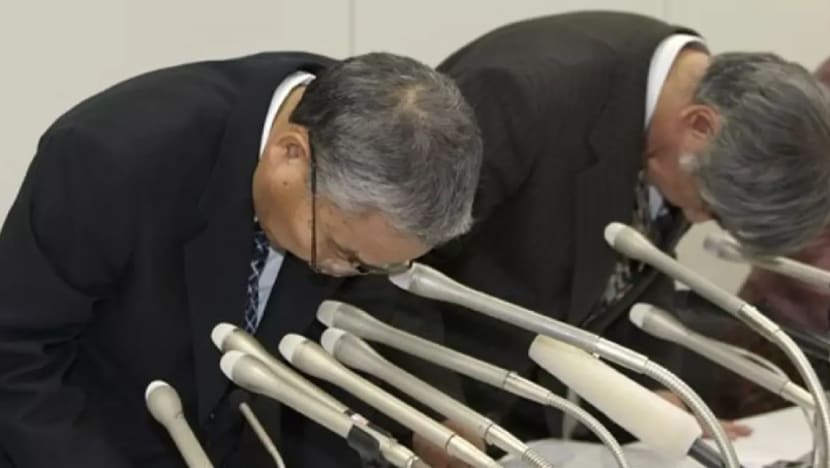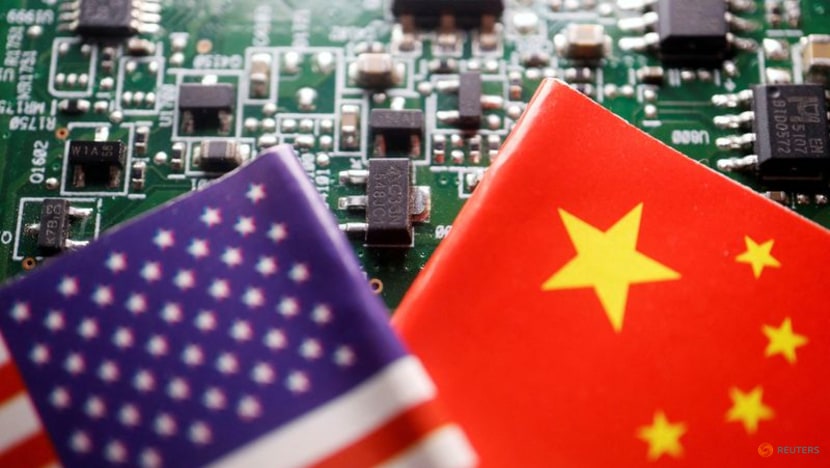From Taiwan to Kumamoto prefecture in Japan, the South Korean city of Pyeongtaek, and the US state of Arizona – a global rush to build new semiconductor manufacturing capacity is underway.
The battle for supremacy in semiconductor manufacturing in East Asia has always been brutal.

From Taiwan to Kumamoto prefecture in Japan, the South Korean city of Pyeongtaek, and Arizona in the United States – a global rush to build new semiconductor manufacturing capacity is underway.
They also form what is known as the so-called “Chip 4” alliance, seen as an attempt to encircle China’s chip ambitions.
However, even within the US-led small yard and high fence, the battle is fierce.
JAPAN, ONCE A DOMINANT FORCE
Japan once reigned supreme in global semiconductor manufacturing.
In the 1980s, ultra-efficient Japanese producers controlled up to 70 per cent of the global DRAM memory chip market at one point, pushing their American competitors to the brink of collapse.
But the absolute dominance soon bred hubris and overinvestment.
In the 1990s, when memory prices crashed amid an economic downturn, Japanese DRAM producers crumbled.
When Japanese memory maker Elpida filed for bankruptcy in 2012, the country officially bowed out of the industry it once dominated.

In the decades since, while Japan still controls key materials in semiconductor manufacturing such as photoresist, photomasks and silicon wafers, it never regained its former glory.
By 2022, it produced less than 10 per cent of the world’s semiconductors.
OTHER GIANTS MOVE IN TO FILL GAP
The failure of Japanese memory makers in the 1990s left an opening for newcomers in the region.
In 1992, South Korea’s Samsung became the largest producer of memory chips in the world.
Around the same time, in Taiwan, Morris Chang, the island’s legendary semiconductor godfather, took the Taiwan Semiconductor Manufacturing Company (TSMC) public – first in Taiwan, and later the New York Stock Exchange.
The move set the company firmly on its path to become a dominant pure-play foundry of the world’s most advanced chips.
As of today, these are chips that are 8 nanometres or smaller, and widely used in smartphones, supercomputers and data centres.
Samsung entered the foundry business only in 2017.
Compared to TSMC’s near 60 per cent global market share, Samsung’s share of slightly more than 10 per cent would make it seem like a distant second.
However, the South Korean tech giant anticipates the race to get tighter when the industry enters the lane of 2-nanometre process by 2025, where it said it aims to dislodge TSMC.
CHINA ENTERS THE PICTURE
The global semiconductor industry flourished in the last few decades, partly thanks to the rise of China as a key customer.
For a while, China’s semiconductor industry followed a tried and tested path of “exchanging market for technology” and enjoyed rapid growth.
It became a force to be reckoned with, especially in legacy chips – semiconductors that are produced with 28-nanometer technology or larger.
That all changed when the US pressed the pause button on China’s advancement in what it called “chokepoints of foundational technologies”.
Washington cut off China’s access to critical materials and equipment needed to make cutting-edge chips.

Chinese President Xi Jinping has for a decade called for breakthroughs to be made to untangle China from what it called “stranglehold technologies” – a total of 35 of them, seven of which are related to semiconductors, according to state media.
In a widely circulated video on Chinese social media platforms, a Peking University professor was seen telling his students that based on their study, it will take 400 years to get China to where it is today if it were to fully research, develop and build the high-speed train system on its own.
Without unfettered access to the global supply chains for semiconductors, can China’s chip ambitions come true?
A recruitment specialist said that even as China tries to push its advanced manufacturing sector, it is coming up against a skills mismatch.
“China wants to see that advancement provides greater efficiency and productivity, not just from its own labour force, but also to be seen as the hub and spoke within the Asian markets for global companies that want to invest in manufacturing capability,” said Ms Jaya Dass, managing director of recruitment firm Randstad Asia-Pacific.
“(But) China is struggling to find the right amount of talent in that scope. Its labour supply market is not matching its skill sets to advance itself in digitisation and automation.”
Source: Channel News Asia